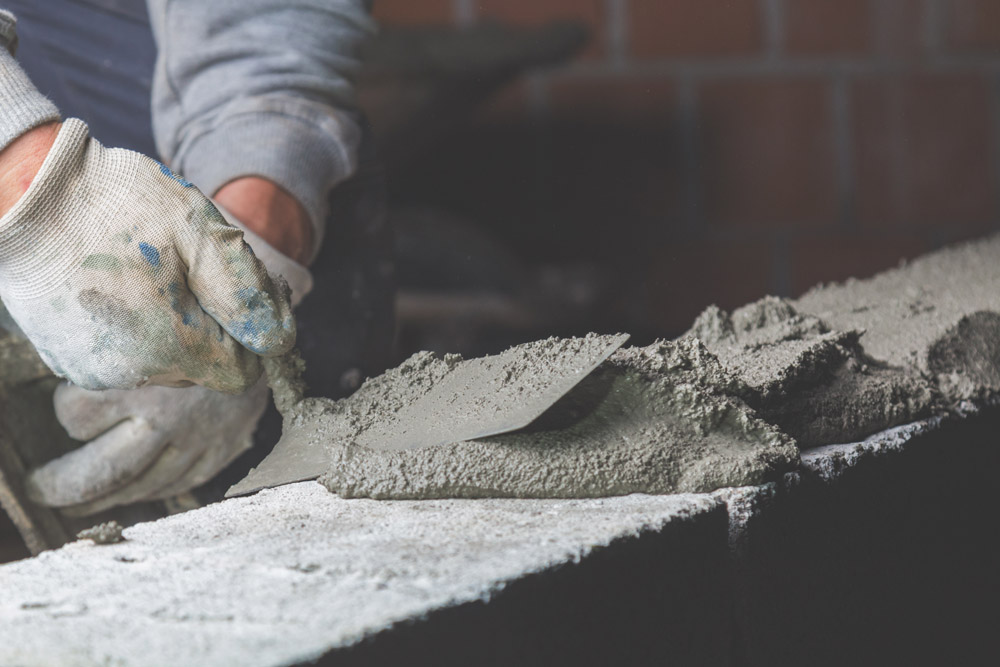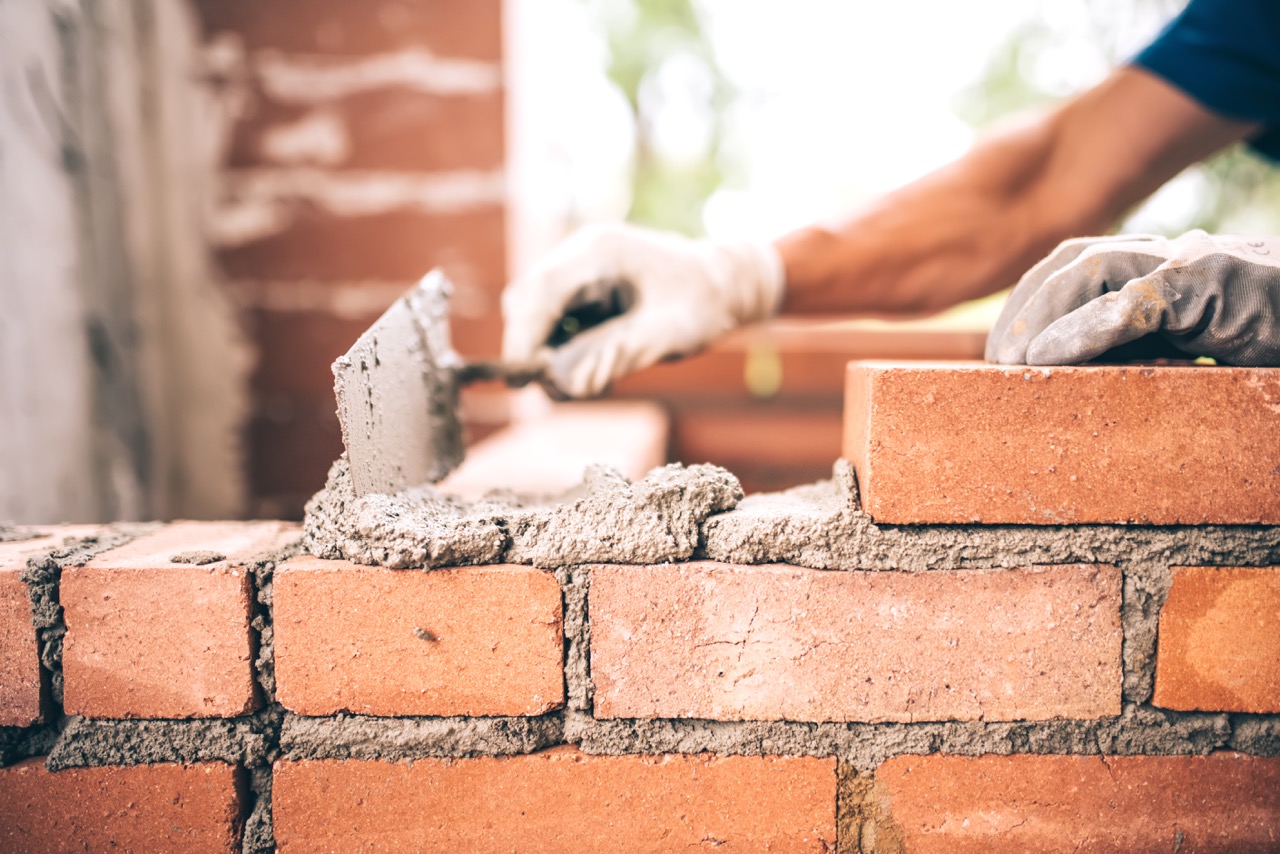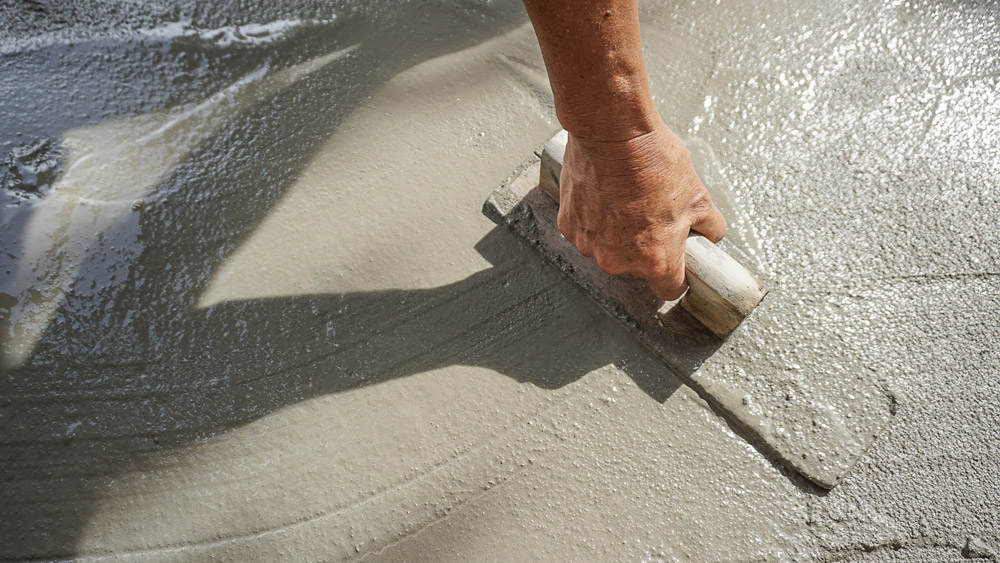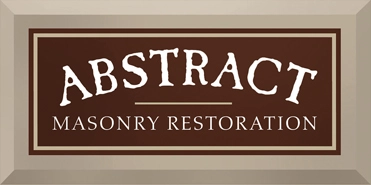Stories Etched in Stone
One of the great things about masonry is that the building technique has been around for millennia and every stone whispers tales of the past. Whether you’re uncovering signs of how your direct ancestors built their houses of worship, like the teams working on the restoration of the historic Salt Lake City Temple have found, or you get a look back even further into the past to learn how entire civilizations lived, the stones never lie.
One such story takes place in Egypt. Thanks to the building of a dam on the Nile, a few ancient temples, particularly those at Abu Simbel, were in danger of becoming fully submerged. In order to save them, multiple countries banded together to move them to higher ground. This meant having to catalog every single block, dismantle the temple, and reassemble it once again, putting the blocks in their proper places (kind of like putting together a jigsaw puzzle).
Not only did this building restoration allow modern teams to see the ancient sculptures up close and appreciate the beauty of the hieroglyphs, it let them in on a small secret about its original construction as well. As they began pulling the stones from the temple, they discovered handwritten notes on the back sides of the blocks from their ancient contractors, detailing how this historic masonry was supposed to fit together.
The Egyptians, it seems, were using a technique not so very different from their modern counterparts.
A Long Journey From There to Here
We’ve written before about the beginnings of constructing with stone and how the first bricks were made in Eurasia with nothing more than water, clay, and straw. These earliest sites have endured thousands of years of wind, rain, and conflict to stand as a monument to the endurance of the human spirit; to that and to sound building principles.
Because these structures have remained for so long, they have acted as a lighthouse for archaeologists, attracting them to the shores of discovery after waywardly floating on a sea of research. Even as recently as a few years ago, major discoveries of historic masonry were being discovered across Europe, Africa, and Asia, leading to major building restoration projects by firms like Abstract Masonry. These include:
- Tombs in Egypt’s Old Kingdom
- Mayan caves dwellings in Mexico
- Rooms built by Emperor Nero in first-century Rome
- Nobles’ tombs in old Mongolia
Even though these teams are working with stonework that is decidedly older than the restoration we do in Salt Lake City and elsewhere, our goals are the same, irrespective of the project. That is, to preserve and celebrate as much of the ancient structures as possible while ensuring that they will be available for many future generations to come and see.
Abstract Masonry’s Work Today
Today, our teams of experienced restorers are working throughout Utah to preserve our oldest buildings. These include those built by the pioneers in the mid-19th century all the way up through the post-war building boom of the 1950s and beyond.
You can view our most recent work in our portfolio, here.







